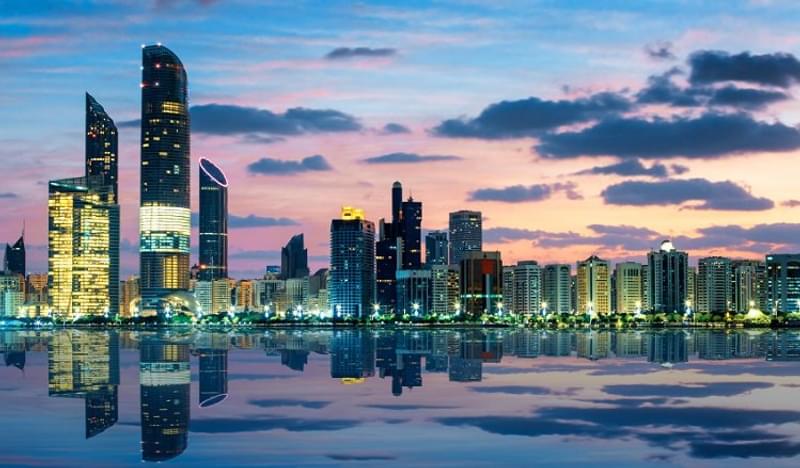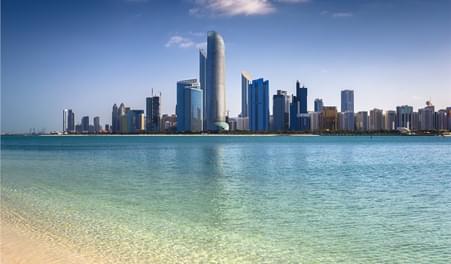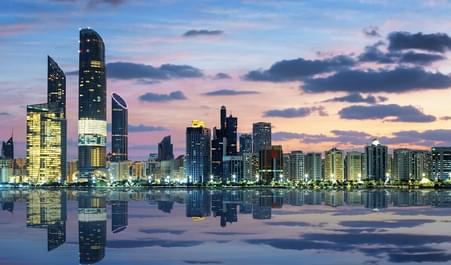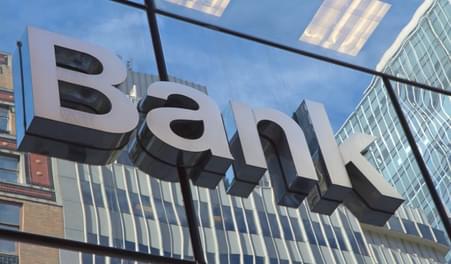The Ties that Bind
Trade and migration between the two regions has increased significantly over the past 20 years.
The GCC’s aviation sector was one of the early beneficiaries of rising trade, labour migration and tourism from Asia. The GGC’s flagship carriers have over the past twenty years used their strategic geographic positions as global and regional hubs to drive increasing freight and passenger travel between these regions. With their sizeable fleets of widebody long-haul aircraft and home airports located within a five-hour flight of two-thirds of the world’s population, few carriers globally are as uniquely well-equipped to service travel to Asia or other destinations further afield.
Many of the first Asia-based companies to expand into the GCC region had done so to take advantage of new growth opportunities in the retail segment, as local tastes shifted in line with migration patterns. In the UAE alone, large Chinese, Japanese and Indian retailers like Dragon Mart, Daiso, and Future Group (respectively) have partnered with local players to establish their presence in large retail centres, with these and other companies looking to bolster their presence across the GCC and wider MENA region in the years to come.
But the growing corridor linking Asia with the GCC is perhaps most pronounced in the hydrocarbons and logistics sectors, which has largely mirrored investment flows between the two regions.
Asia accounts for a significant portion of the GCC’s oil exports, and a number of large GCC producers have sought to ink new joint ventures with Asian petrochemicals leaders to enhance their downstream capabilities and squeeze more value from every barrel.
Saudi Aramco, the world’s largest oil exporter, announced last year that it would push ahead with refining ventures across Asia, including a preliminary agreement to acquire a stake in Zhejiang Petrochemical’s new refinery project, an agreement with Malaysian state-owned operator Petronas to jointly develop a refinery and petrochemicals complex to refine Saudi crude, and recently announced plans to acquire a 19.9% stake in South Korean refiner Hyundai Oilbank.
Aramco has also partnered with Abu Dhabi National Oil Company (ADNOC) to invest alongside three Indian refiners in a multibillion dollar refinery venture off the west coast of India. ADNOC bolstered its own fuel trading businesses in 2018 in a bid to secure new export markets in the Far East, while at the same time inking new E&P agreements with oil and gas majors from China – the company’s largest export market.
China’s Belt and Road Initiative (BRI), the state’s flagship USD900bn programme that sees it invest in strategic global infrastructure projects to secure high-value supply chains, has made significant inroads in the region. As part of that strategy, Oman Wanfang, a consortium of six Chinese firms, is putting more than USD10bn towards transforming a once sleepy port city, Duqm, into a vibrant trading hub that could one day rival existing trade centres. This includes the development of the China-Oman Industrial Park, a large plot of land that will eventually house a raft of Sino-GCC joint ventures spanning numerous sectors.
The BRI has also become a priority for policymakers in the UAE. In March, Dubai’s Crown Prince announced the launch of the Dubai Silk Road strategy, which will build on existing infrastructure commitments and see Dubai develop 9 broad initiatives and more than 30 projects aimed at improving its logistics capabilities so that it can play a stronger role in BRI.
From Funding Projects to Funding Organisations
China’s participation in funding and developing GCC projects has grown alongside increasingly active lenders and export credit agencies from Japan, Taiwan, Singapore and Korea, eager to deploy capital in a region where infrastructure investment is almost unrivalled in terms of scale. As I have written elsewhere, the Middle East is increasingly becoming one of the most attractive regions to lend into for Chinese banks. Data from Baker McKenzie suggests loans from China-based lenders to energy and infrastructure projects among a broadening number of sectors in the region jumped dramatically since 2014, underscoring growing demand for the region’s risk from the Far East.
Those liquidity pools are starting to play a larger role in broader corporate funding in the GCC, and should play a much more meaningful role in every CFO or treasurer’s funding strategy as they seek further investment diversification.
A key segment ripe for increased investment from Asia is renewable energy, as well as assets more broadly linked to environmental, social or governance (ESG) improvement objectives. This aligns well with the current project-centric focus of a significant portion of Asian investments in the GCC. Saudi Arabia and the UAE among other GCC states have set their sights on expanding the contribution of renewable energy to the overall energy mix as part of their Saudi Vision 2030 and UAE Vision 2021, respectively.
This complements paralleling developments in Asia. China is emerging as one of the biggest proponents of the Paris Climate Agreement, and it accounts for nearly 20% of global green bond issuance, establishing a strong domestic investor base keen to deploy capital for ESG-linked assets This will become increasingly important as the country’s regulators continue to ease restrictions on outbound investments.
The funding package arranged for the Sharjah Waste-to-Energy Facility, a first for the UAE and developed by Emirates Waste to Energy Company, a joint venture formed by Masdar and Bee’ah in 2017, is just one example of how ESG-linked assets can attract strong demand from Asia; the USD162mn soft mini-perm transaction, which won Structured Loan Deal of the Year at the Bonds, Loans & Sukuk Middle East Awards in 2018, saw strong interest and participation from Asia-based liquidity pools.
Asian investor interest in the GCC stretches well beyond ESG and energy, partly due to a confluence of macro and credit fundamentals. The record-low interest rate environment that dominated many developed markets in Asia and more broadly in recent years has pushed Asian investors to hunt for yield in emerging markets, particularly in the GCC, where a high proportion of the issuer base qualify as investment grade. As a large share of the region’s borrowers are quasi-sovereigns with implied or explicit sovereign support, GCC paper often offers better relative value compared with other emerging markets assets. Investors based in Asia actually participated in more than a third of all bonds issued out of the GCC in 2017, more than double the rate of participation seen just two years prior.
The region’s markets are likely to get a further boost from global investors following JP Morgan’s recent move to phase-in additional sovereign, quasi-sovereign and corporate issues from all GCC countries into its suite of emerging market bond indexes. Analysts anticipate the move could bring more than USD30bn in passive investment flows to the region, and is highly likely to prompt greater international focus on the region’s credit investment opportunities while increasing GCC credit exposure to a much wider group of investors.
Similar developments are taking place in the equities markets. MSCI recently inked a partnership with the Saudi Stock Exchange, Tadawul, to launch an index comprised of the 30 biggest securities listed on the bourse, and both MSCI and FTSE Russel are expected to include Saudi equities in a suite of emerging market indexes later this year.
Global Headwinds, Domestic Evolution to Refocus Investors on Quality
One of the financial industry’s chief objectives over the coming years should be to ensure capital flows linked to a broadening group of activities, organisations, and innovations or market evolutions like the above, are nurtured and remain buoyant. Indeed, as the West’s share of GCC trade declines and the East’s increases, financial flows will continue to mirror that, particularly as Asian investors become more familiar with the region’s borrowers and credit fundamentals.
This also means local funding partners need to play their part in promoting engagement between GCC borrowers and investors based in Asia and elsewhere; in that respect, we are proud to be a regional leader and help facilitate capital flows between Asia and the Middle East.
However, the pressure on borrowers to seek more diverse sources of funding will only increase as GCC governments move forward with privatisation efforts. With global growth set to moderate in 2019 and 2020, the need to diversify funding sources is likely to become much more acute. This will inevitably force CFOs and treasurers to look further afield to diversify risk away from the GCC, and bolster their engagement with new investor communities.
CFOs and treasurers can ensure they stay ahead of the curve by proactively gaining exposure to new investors in Asia; with Asian investor interest in the GCC only set to grow in the years ahead, not doing so could mean missing out over the long term.











